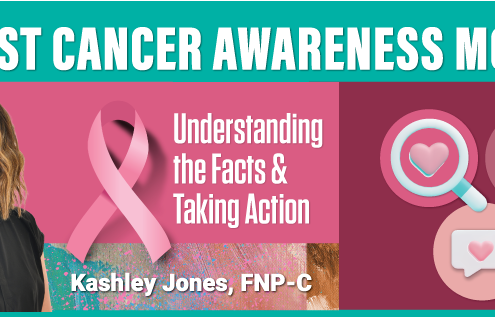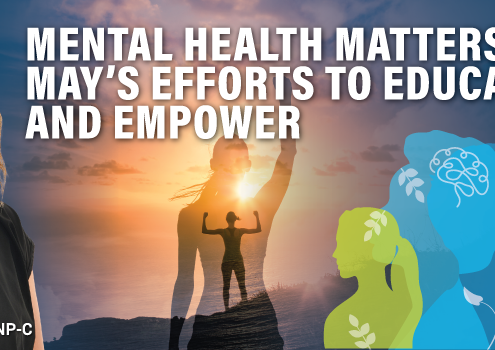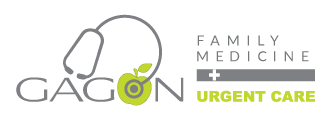
October is Breast Cancer Awareness Month: Understanding the Facts and Taking Action
by Kashley Jones, FNP-C
Certified by the American Academy of…

Mental Health Matters: May’s Efforts to Educate and Empower
by Kashley Jones, FNP-C
Certified by the American Academy of…
